
Do you have a question about the Agilent Technologies Seahorse XFe96 and is the answer not in the manual?
| Model | Seahorse XFe96 |
|---|---|
| Instrument Type | Extracellular Flux Analyzer |
| Number of Wells | 96 |
| Measurement | Oxygen Consumption Rate (OCR) and Extracellular Acidification Rate (ECAR) |
| Temperature Control | Yes |
| Cell Types | Adherent and suspension cells |
| Power Requirements | 100-240 V AC, 50/60 Hz |
| Sample Throughput | Up to 96 samples per run |
| Format | 96-well plate |
| Injection Ports | 4 injection ports per well |
| Temperature | 37°C |
| Plate Type | Seahorse XF96 microplates |
| Software | Wave Software |
| Weight | 68 kg (150 lbs) |
| Measurement Parameters | OCR, ECAR, ATP production, Glycolysis, Mitochondrial function |
| Assay Time | Variable, typically 1-3 hours |
| Detection Method | Fluorescence (pH) and oxygen-sensitive probes |
Describes the injection port loading process, following overnight XF Sensor Cartridge hydration.
Prepare and warm injection solutions to 37°C, ensuring correct pH for accurate results.
Properly orient the XFe96 Sensor Cartridge on the work surface for loading.
Position the A/D port loading guide correctly on the sensor cartridge for stable loading.
Dispense injection solutions using a multi-channel pipette with correct technique.
Carefully withdraw pipette tips and remove the loading guide after dispensing.
Switch and use the B/C port loading guide for subsequent port loading.
Perform visual inspection of loaded ports before transferring the cartridge to the Analyzer.
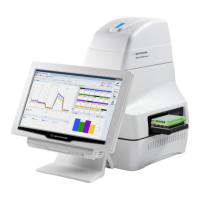


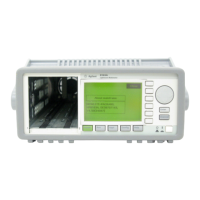
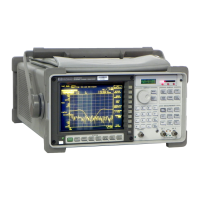
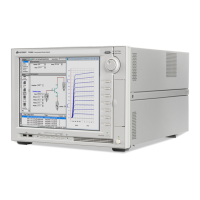
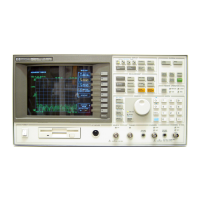
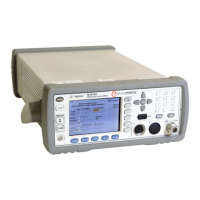

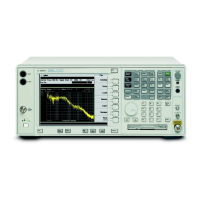
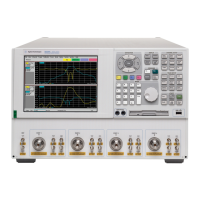
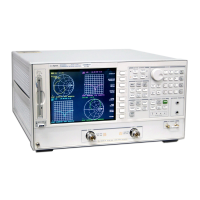
